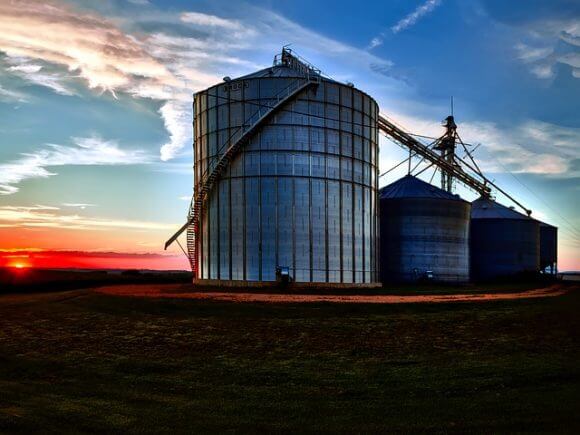Financial Instruments are an efficient way to invest in the sustainable growth and development of businesses and resources in the agriculture and forestry sectors as well as in the broader rural economy. Taking shapes such as loans, guarantees and equity, financial instruments can support a broad range of projects and beneficiaries, with the potential to raise further private capital for investing in our rural areas.
Farmers’ incomes are supported by the European Union by means of direct payments. In return, farmers are obliged to carry out agricultural activity and to respect a number of standards regarding food safety, environmental protection, animal welfare and the maintenance of land in good environmental and agricultural condition.
Rural Development funding helps to improve the competitiveness of farming and forestry, to protect the environment and the countryside, to improve the quality of life, to diversify the rural economy and to support locally-based approaches to rural development.
The agricultural expenditure is financed by two funds, which form part of the EU’s general budget: the European Agricultural Guarantee Fund (EAGF) which primarily finances direct payments to farmers and measures to regulate agricultural markets, and the European Agricultural Fund for Rural Development (EAFRD) which co-finances the rural development programmes of the Member States.
The EAGF and EAFRD are implemented in shared management between the Member States and the Union. This means among others that the Commission does not make payments directly to the beneficiaries of aid; this task is delegated to the Member States.
If you are a farmer or land manager, it is likely that you will be eligible to receive direct payments, the major form of EU funding in agriculture. The system of direct payments in the Common Agricultural Policy is mainly based on the single payment scheme and single area payment scheme, under which the amount of direct payment that you receive is not related to (decoupled from) the quantity of output from your farm or how many animals you have, which used to be the case in the past.
The main aim of direct payments is to support farmers’ incomes. In return farmers are obliged to undertake agricultural activity on their land and to respect a number of standards concerning food safety, environmental protection, animal welfare and the maintenance of land in good environmental and agricultural condition.
Direct payments are administered through paying agencies appointed by national authorities.
In this context on 25th of April the Romanian Agency for funding Rural Investments has published the final variants of the Applicant Guidelines for Agricultural Investment Financing under the National Rural Development Program 2014-2020.
The guidelines are valid for the 2017 project acceptance session for investments in agricultural holdings, fruit-growing, setting up of young farmers and the development of small farms. There were also published final guidelines for setting up producer groups in agriculture and fruit growing sector.
According to the provisions of the Regulation for the organization and functioning of the selection process, the project receipt session will be opened at least seven (7) days from the publication of the final versions of the Applicant’s Guide on the AFIR website, respectively 25th of April 2017.
The Applicant Guidelines for Agricultural Investment Financing bring significant simplifications of the conditions for access.
For further information.

